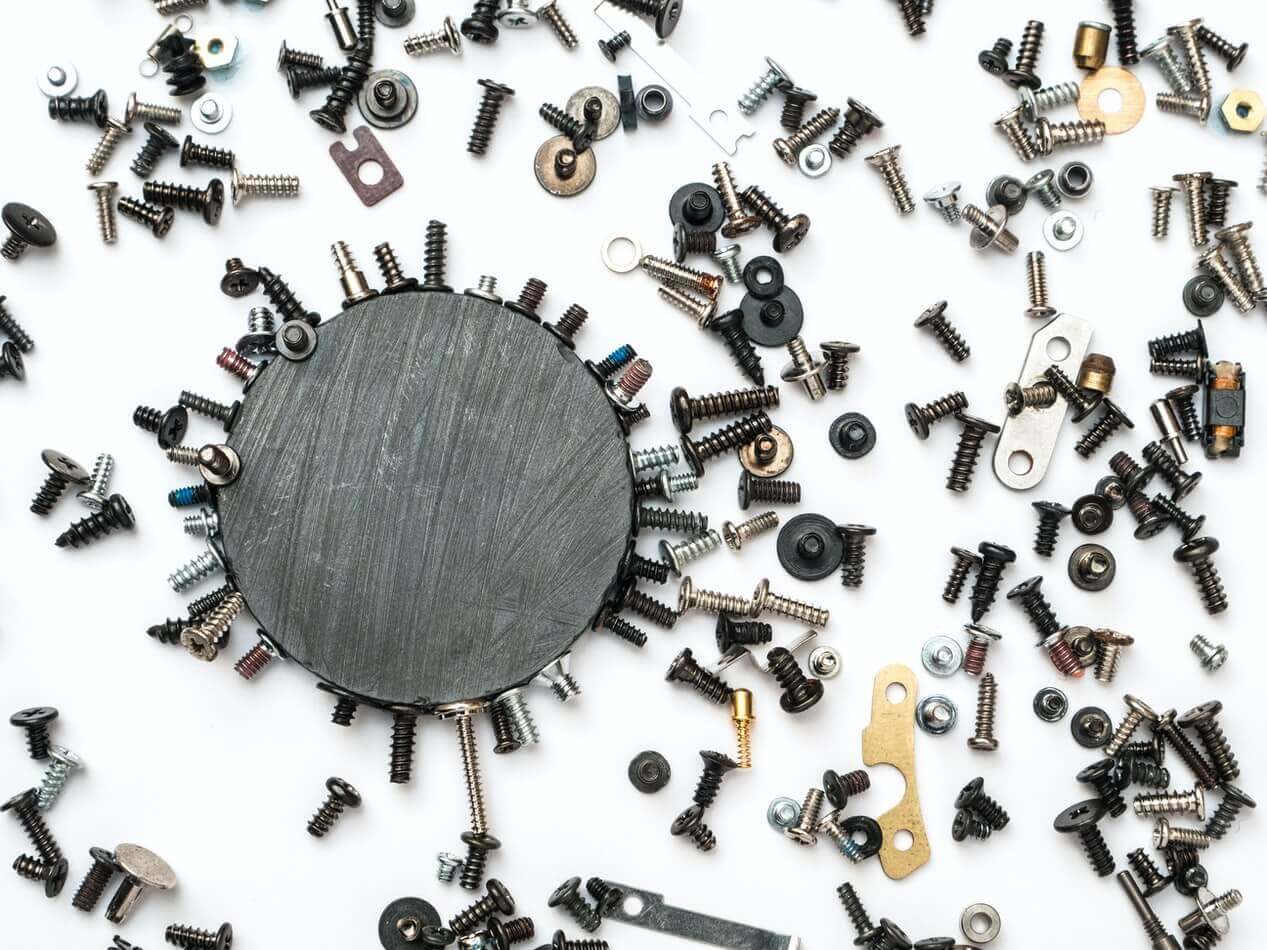Brak takiej podstrony
nie ma szukanej podstrony

Niestety, strona, której szukasz, nie została znaleziona.
Adres URL może być błędny lub strona mogła zostać przeniesiona.
Aby uzyskać dalszą pomoc, możesz:
- przejść na stronę główną i tam przejść do poszukiwanej kategorii magnetycznej,
- skorzystać z wyszukiwarki, aby znaleźć interesujący Cię zasób
- przejść na stronę cennika, gdzie znajdziesz całą naszą ofertę, którą możesz również wydrukować
- skontaktować się z nami za pośrednictwem formularza kontaktowego na stronie kontakt lub pod numer telefonu +48 22 499 98 98.
Dziękujemy za wybór naszej firmy.
IP: 216.73.216.85
Masz problem z wyborem?
Skontaktuj się z nami telefonicznie +48 888 99 98 98 alternatywnie pisz przez nasz formularz online w sekcji kontakt.
Właściwości a także wygląd magnesu zobaczysz dzięki naszemu kalkulatorze mocy..
Zamów do 14:00, a wyślemy dziś!

